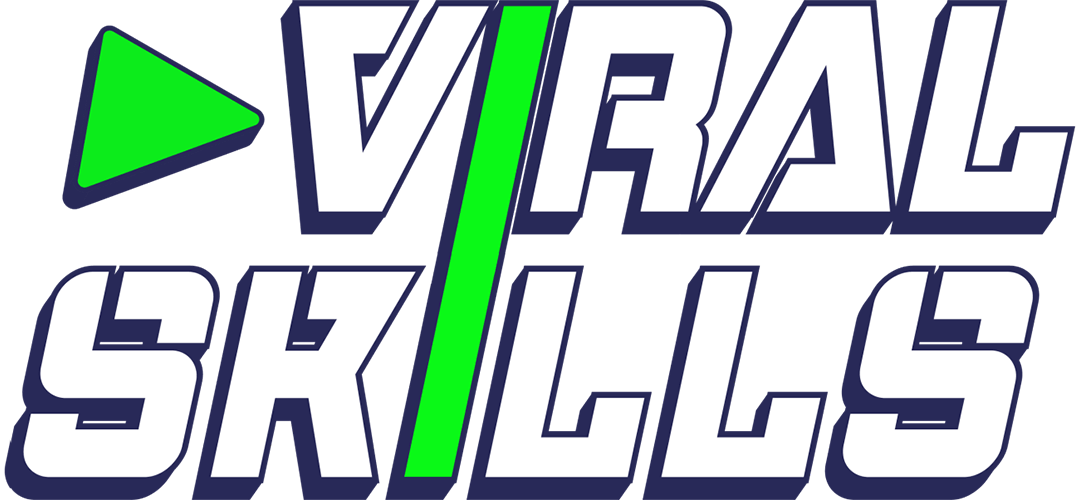General agreement exists upon the external experts that all VR devices can be considered as suitable for educational purposes as most can be integrated easily into the educational environments.
Besides costs, performance, usability, and the challenge to create and to produce good content for the VR software, one further main challenge which was mentioned by several experts is the lack of teachers’ knowledge and digital skills. Here, one challenge is to convict and train of educators to adopt VR as a real tool for teaching. VR is currently often considered as a game and not taken serious as useful extension of classic educational work.
However, even though there are a few challenges to overcome regarding the establishment of VR into the everyday teaching and learning, experts are convinced that the technology has a high potential to revolutionise teaching methods and training efforts and will have a big and positive impact on the education of adult learners.
The selection of VR devices depends on several factors such as costs, performance and most importantly on the purpose for using it (cf. Annex I). By inference, as one expert from Ireland claims, “the tools of Virtual Reality with the greatest ROI for adult learners, are probably those in the drawing, sketching, animation and design prototyping categories. For example, Gravity Sketch VR offers an intuitive design experience allowing users to quickly create 3D models, scenes, and artwork. These skills can be highly valuable to companies across a range of sectors from design to architecture to engineering to film making to games development”.
Having considered the various statements of all experts, it can be concluded, that, a wide range of benefits can be achieved by using VR technologies and software in educating low-qualified people.
Benefits of VR
First, it is suggested that VR technologies and applications can facilitate the learning of people, also those with special needs, e.g. learners who are not able to read fluently (e.g., applications with google glasses which can transform the written text into sound).
Second, experts reported that VR content can be more engaging for people with a lack of attention or cultural basis.
Next, as the technology is very easy to understand and to use even by unskilled people virtual reality and various apps can help to do specific training helping students to use and improve their imagination.
Further, as low-skilled and low-qualified learners tend to think and act quite visual, and prefer to learn by trial and error, VR seems to be a very efficient means in further educating them. Especially, the opportunity for several repetitions supports the training factor and prevents from dangerous events that might be caused inside those training situations.
Finally, although the development of VR technologies and software applications currently seems to be at its’ beginning, most experts from the various participating European countries already foresee a further short-term gain in reputation and usage as more individual and intuitive open source VR applications are currently evolving.
For being able to implement adequate VR systems into the classroom, allowing to pursue the educational aims and the pedagogical strategy, teachers and trainers need to be trained towards a professional integration of new technologies like VR, into the learning concept. Here, the ‘ViRAL Skills Compendium’ can provide an additional comprehensive overview on how to apply open source VR applications in the best possible way, especially in the field of adult education, referring to the needs and requirements of the target group.
BACK TO VR DIGEST OVERVIEW
